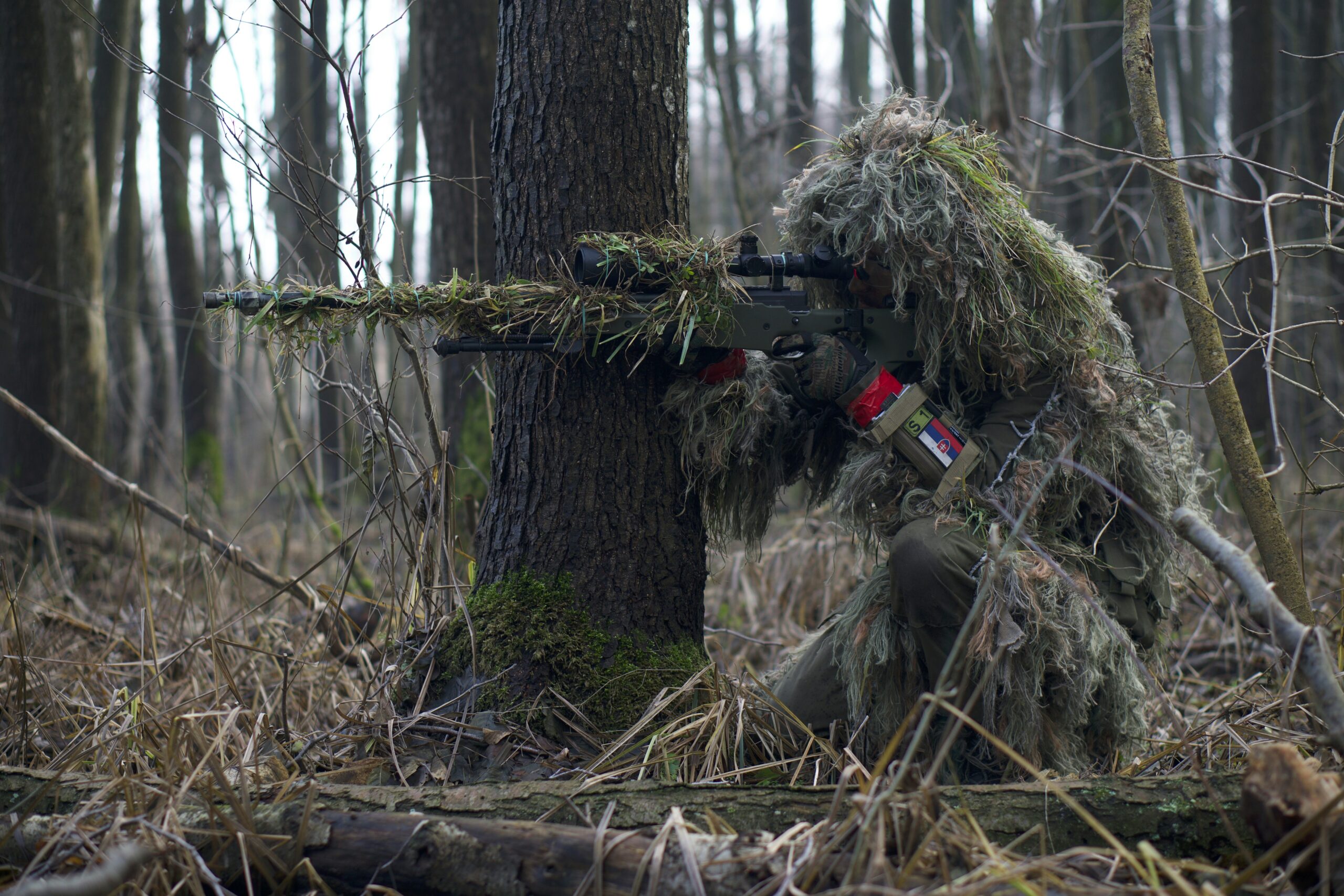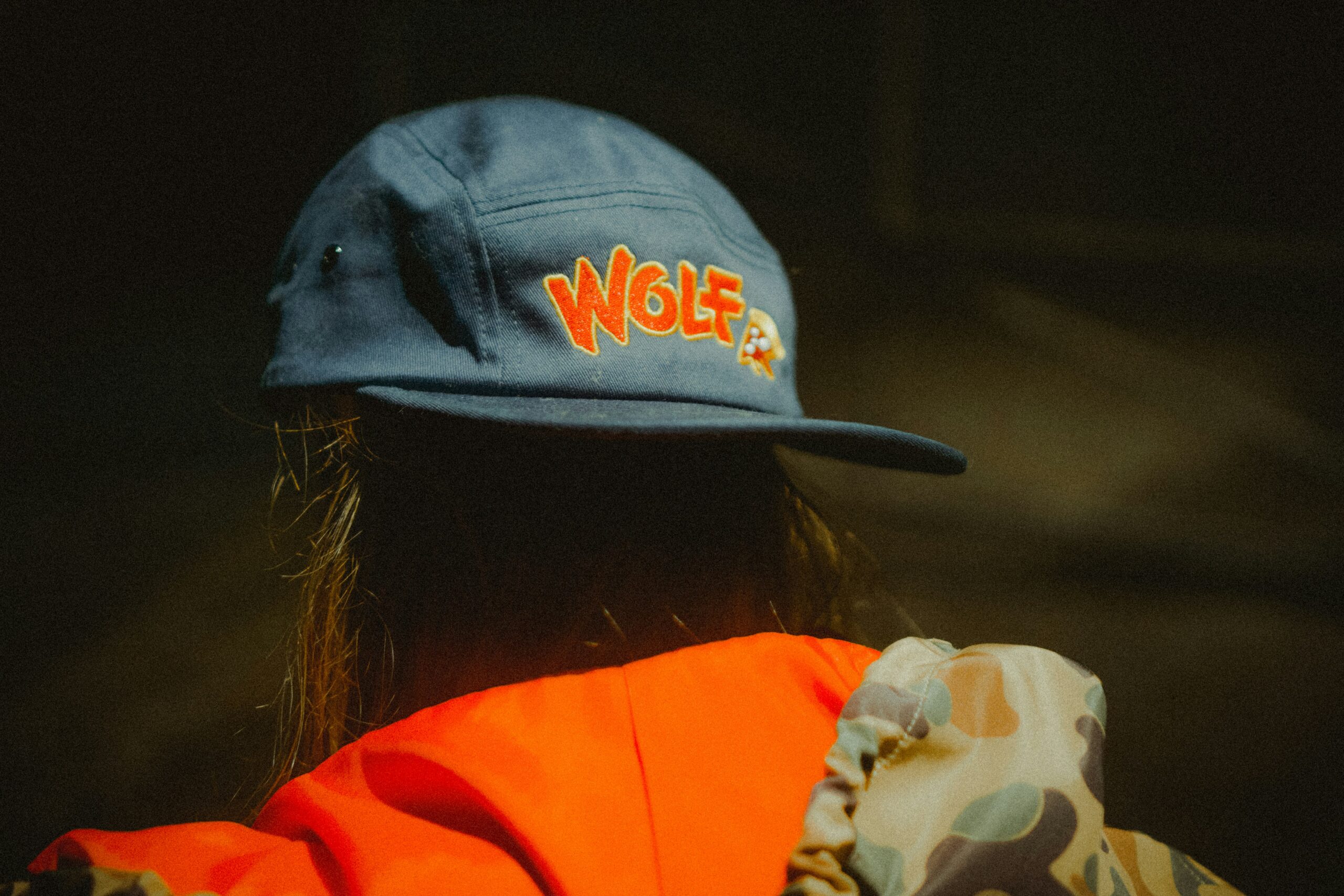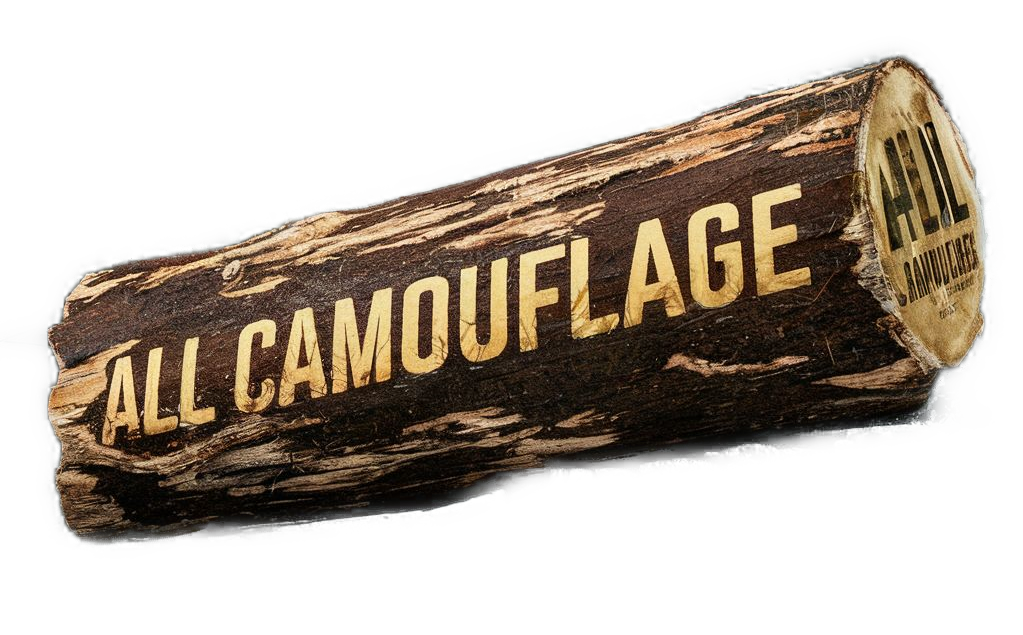Have you ever found yourself asking if donning camouflage gear might be the key to getting up close and personal with the feathered or furry residents of the natural world? You might not be the first to ponder this, as many nature enthusiasts dabble with the idea of blending into their surroundings to enhance their birdwatching or wildlife photography experience. This curiosity often stems from the allure of capturing that perfect shot or observing creatures undisturbed in their natural habitats.

Understanding the Role of Camouflage in Nature
Camouflage has long been a useful tool in the natural world, serving as a survival mechanism for both predators and prey. By blending into their surroundings, animals can effectively evade predators or ambush their dinner unsuspecting. This biological marvel led humans to adapt similar strategies, especially when it comes to activities like hunting and observing wildlife.
But before you throw on that leafy suit or speckled jacket, it’s worth understanding the nuances of using camouflage and if it truly makes a difference when you’re out in the field with your camera or binoculars.
The Science Behind Animal Camouflage
Nature’s fashion show reveals some stunning outfits, primarily designed for survival. Animals use various forms of camouflage, such as:
| Type of Camouflage | Description |
|---|---|
| Color Matching | Blending with the background using similar colors. |
| Disruptive Coloration | Patterns that break up the outline of the body. |
| Mimicry | Imitating other objects or organisms in the environment. |
| Countershading | Darker on the top and lighter underneath to blend with ambient light. |
Understanding these concepts helps in appreciating why blending in is crucial in the wild. But does it translate directly to human activities like birdwatching or photography?
Birdwatching: A Pursuit of Wings and Whispers
Birdwatching is as much about patience and observation as it is about being invisible. As any seasoned birdwatcher will tell you, the key lies not in going unnoticed by donning camouflage gear, but often in your behavior and approach.
The Importance of Stealth in Birdwatching
Birds are inherently sensitive to sound and movement. Here, your actions speak louder than your attire. The rustling of leaves or a hasty movement can send your feathered friends into the sky before you’ve had the chance to get your binoculars out of the case. Your attire should offer comfort for long stays outdoors while being subtle in color to prevent unnecessary alarm.
Do Birdwatchers Need Camouflage?
The straightforward answer: not necessarily. Most birds react more to movement and noise than to a static figure draped in shades of green and brown. However, wearing earthy tones that match the environment can help keep the spotlight off you. Think olive greens, browns, and muted tones that don’t draw attention.
Tips for Effective Birdwatching Without Camouflage
- Position Wisely: Stay low and use natural blinds like bushes and trees.
- Silence is Key: Minimize noise, both in movement and voice.
- Slow Motion: Move deliberately to avoid startling the birds.
- Timing: Early mornings or late afternoons can yield better visibility.
Wildlife Photography: Capturing the Untamed
Photographers share a common goal with birdwatchers—getting close without intruding. For photographers, the question of using camouflage goes beyond the mere observation of animals to capturing their essence in pictures.
Does Camouflage Enhance Wildlife Photography?
While camouflage might seem appealing for a photographer, the utility can vary depending on several factors such as the subject, environment, and the photographer’s approach.
Considerations for Using Camouflage
- Degree of Accessibility: In areas where wildlife is accustomed to human presence, camouflage might not be necessary.
- Type of Wildlife: Predatory animals might notice you irrespective of what you wear.
- Environmental Match: The effectiveness of camouflage depends heavily on how well it matches the specific surroundings.
Photography Techniques Without Camouflage
Instead of relying on attire, focus on techniques to capture remarkable images:
- Using Telephoto Lenses: Allows maintaining a safer and less intrusive distance.
- Understanding Animal Behavior: Knowledge of animal habits can guide your position and timing.
- Natural Hides and Blinds: Natural or man-made hides provide excellent coverage without needing camouflage outfits.
- Patience and Perseverance: Sometimes, waiting for the perfect moment is more rewarding than stealth.
Ethical Considerations When Using Camouflage
Even though the use of camouflage can benefit the observer, ethical concerns require attention. Your presence, concealed or not, has an impact on local wildlife dynamics.
Maintaining Respectful Distance
Regardless of how ‘invisible’ you might become, maintaining a respectful distance helps prevent undue stress on animals. Wild creatures lead intricate lives, and any significant disruption can affect their survival or breeding patterns.
Minimizing Environmental Impact
From treading lightly on fragile ecosystems to leaving no trace behind, be conscious of your environmental footprint. Activities that prioritize observation over interaction generally cause less disturbance.
Legal and Safety Considerations
Laws and regulations might limit where camouflage gear can be used, particularly in areas designated for conservation, as your activities might disturb both wildlife and human visitors.

Practical Advice: When to Consider Camouflage
There are specific scenarios where camouflage might enhance your birdwatching or photography experience. Let’s explore the conditions where it can be beneficial and effective.
In Dense Forests or Bushy Areas
In environments where visibility is naturally reduced, the subtlety provided by camouflage can allow closer proximity to wildlife without detection.
Involving Timid Species
For particularly elusive or skittish animals, camouflage can help reduce the chance of them perceiving you as a threat.
When Staging Ambush Photography
For projects requiring capturing images of animals in a specific frame or setting, such as watering holes, camouflage can provide an edge.
The Broader Picture: Blending Camouflage with Other Gear
While camouflage might play a part, it should integrate seamlessly into a broader strategy involving the right equipment and techniques.
Pairing with Technology
Utilizing quiet camera technology and focusing lenses can go hand in hand with the stealth that camouflage offers. Noise reduction and quick focusing are invaluable in both birdwatching and photography.
Customizing Gear Load-outs
Choosing the right gear for your body size and strength is crucial for maintaining calm and silence. Comfortable and customized gear ensures you avoid unnecessary discomfort and avoid making noise.

Embracing Personal Preferences
Ultimately, whether or not to use camouflage comes down to personal preference and comfort. Some individuals find confidence in playing the invisible observer, while others prefer to focus on technique and presence.
Weighing Comfort vs. Utility
Comfort should never be sacrificed for utility. Long hours in the same position can become unbearable if your gear isn’t functional or if it interferes with movement.
The Verdict: Is Camouflage Necessary?
The effectiveness of camouflage in birdwatching and wildlife photography is neither a definitive yes nor a no. It hinges on personal preference, the specific wildlife environment, and the conditions of observation. Knowing your goal and outfitting yourself accordingly will allow you to enjoy the best possible experience in nature.
Ultimately, while camouflage can enhance your natural observation endeavors, it is your knowledge, respect for wildlife, and dedication to the craft that truly shine through.
Final Thoughts
Having this beautifully complex interaction with nature doesn’t always hinge on what we’re wearing. It’s perhaps more about who we are—quiet, curious, patient observers of life. Whether fully camouflaged or just blended in with nature, the magic lies in the experience and the memories captured on film or stored in one’s heart.
As you make your way through the great outdoors, may your adventures be rich with discovery, full of serene encounters, and driven by the quiet stirrings of your spirit, much like the natural world you seek to witness invisibly.

